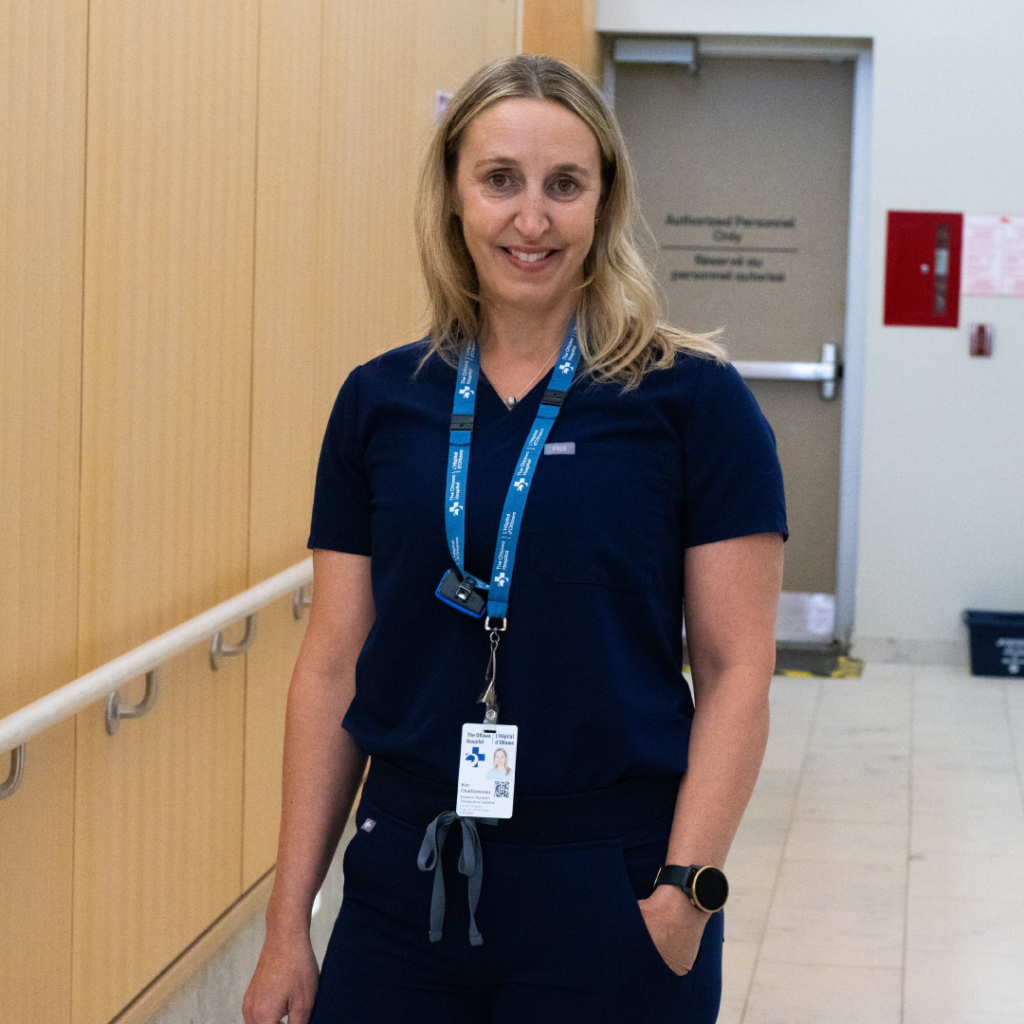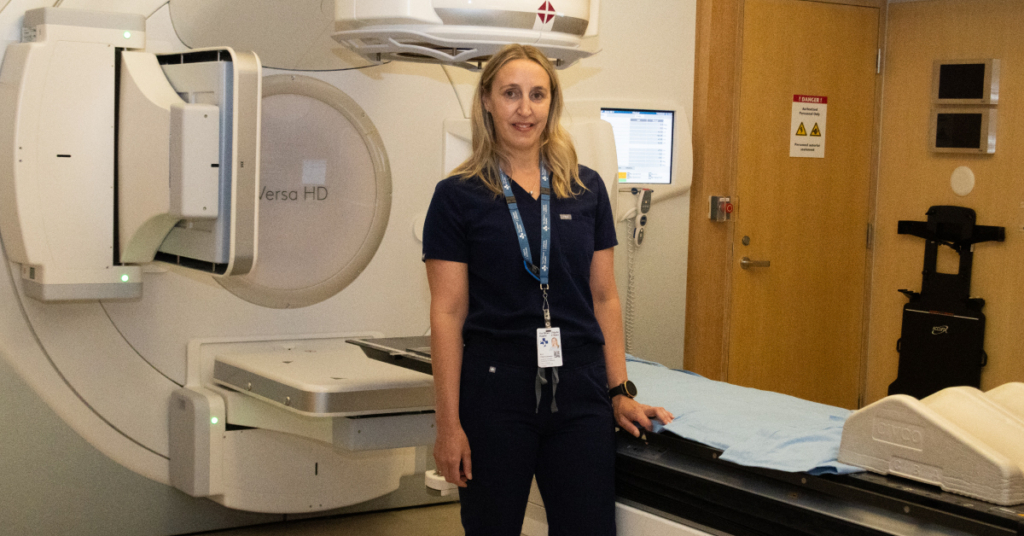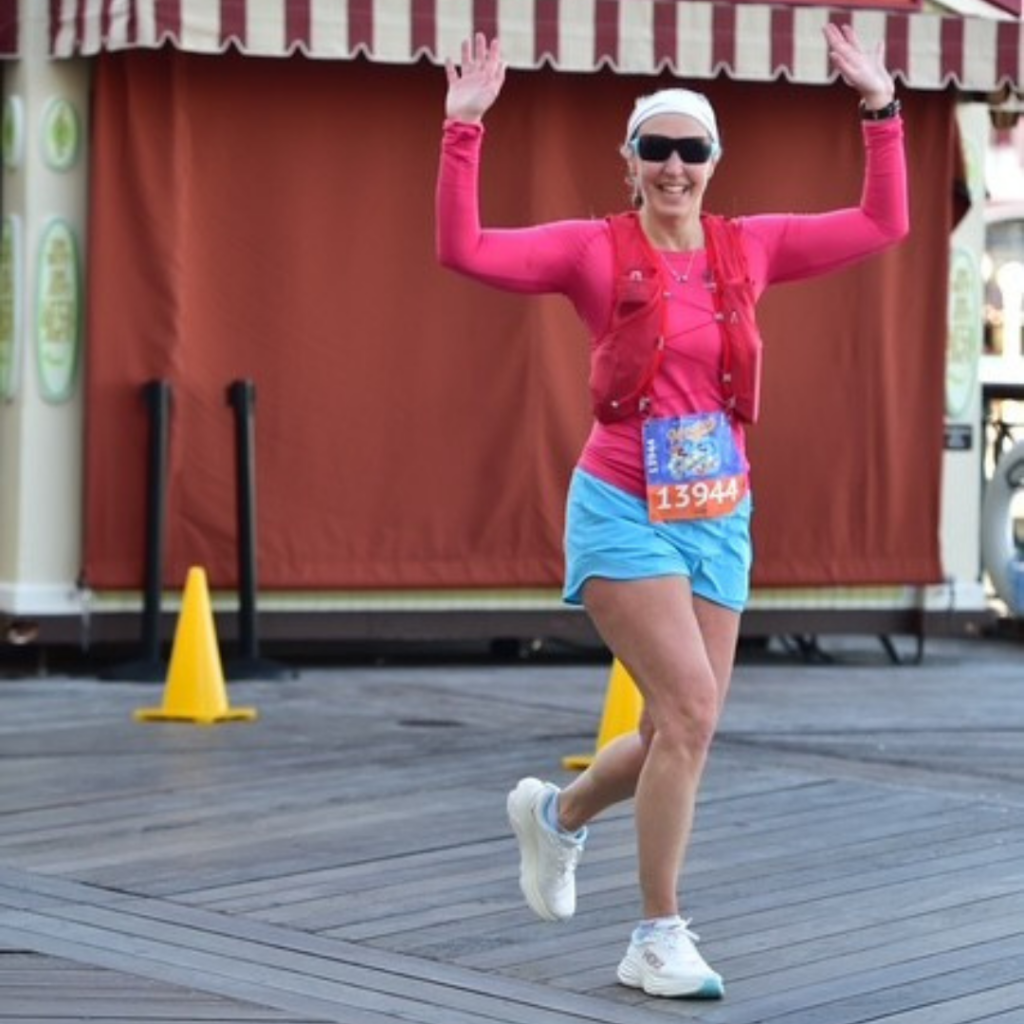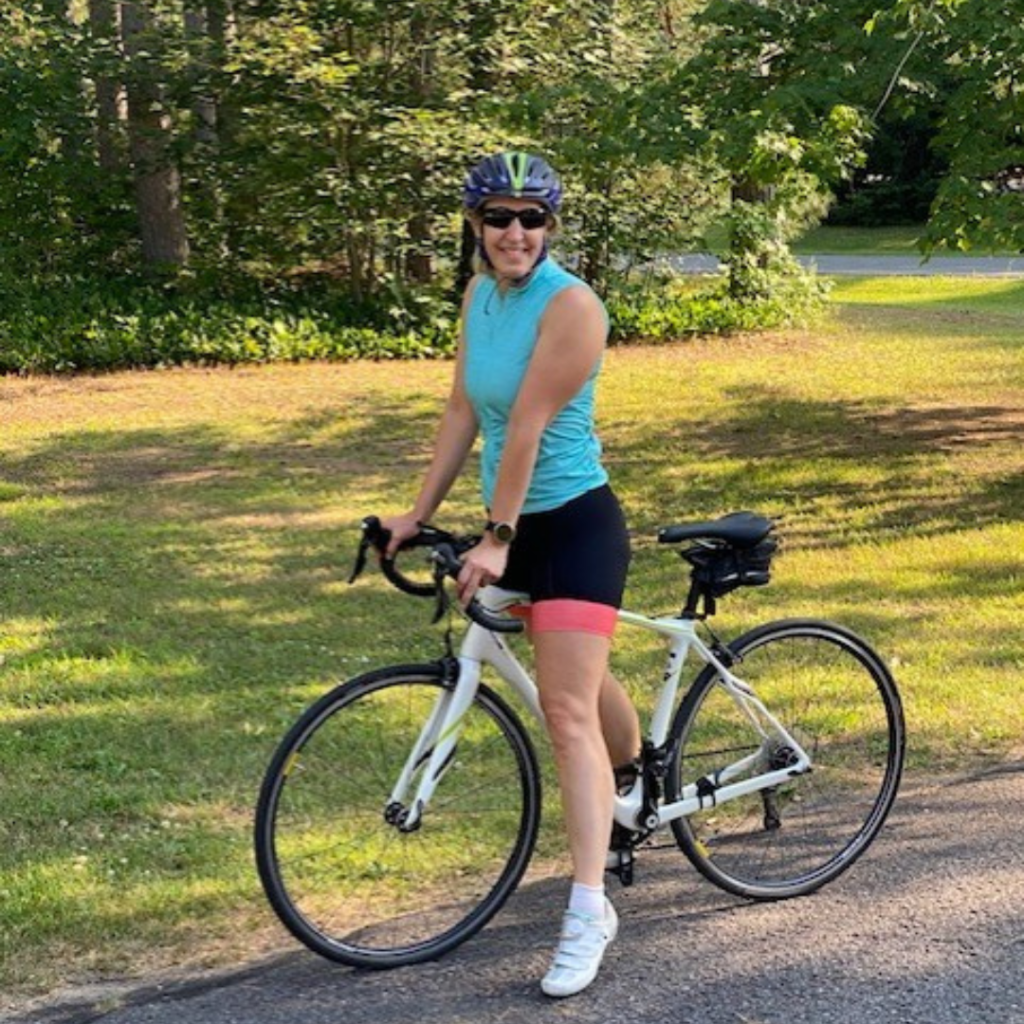
From reading mysteries as a young girl to hearing patients’ stories as a medical radiation therapist, Kim Charbonneau is a detective of sorts. Today, Kim is solving the mystery of how to deliver the best care to every patient who comes to her for radiation therapy at The Ottawa Hospital. Whether investigating the basic science of radiation therapy and technology or paying close attention to the subtle clues patients drop during their regular sessions, Kim applies her problem-solving skills to both the medical and personal side of the care she delivers.
Find out what it was like growing up for this ’80s kid, what exciting new technology is changing the way we deliver radiation, and what inspires Kim.
Q: Can you tell us a little about your early years?
A: I grew up in Hawkesbury/Vankleek Hill, and I was pretty nerdy, to be honest. I liked the maths and sciences because they were pretty straightforward. I liked the certainty of them — the predictability and that there was a right and wrong.
Growing up in a rural area, it was very secure. You know everybody, and everybody knows you. I was quite shy and reserved, but I had a small group of close friends. We were ’80s kids, so I was always outside with my siblings and cousins, and we’d come home in the evening. We had railroad tracks behind our house, and you could walk the tracks into town or meet up with people.
I also loved mysteries, but I would read anything I could get my hands on.
Q: What did you want to be when you grew up?
A: When I was quite young, I remember thinking architecture and fitting things together were interesting. Throughout high school, I thought I would go into research or academia.
Q: How did you wind up as a medical radiation therapist?
A: I went to McGill for biochemistry, and my intent was to go into academia and research. While I was there, I decided I’d go into teaching and did a degree in education. I taught math and science for a couple of years, and I really appreciated what teachers could do. It wasn’t the right fit, though, so I decided to stop and took a job at the Eye Institute to figure out what side of healthcare might be a good fit for me.
I was drawn to radiation therapy because it covered everything for me. In radiation therapy, you’re involved in planning the treatments. There’s a technical, mathematical side of things, and then you really get to build relationships.

Q: What is The Ottawa Hospital doing in your field that is exciting?
“Our physicians are out there trying to find the best ways to treat their patients every day.”
— Kim Charbonneau
A: We have one of the larger radiation centres in the province, with a really good team that’s quite interested in being on the cutting edge. There’s no hesitation in terms of getting on board with clinical trials. There’s always advancement. Our physicians are out there trying to find the best ways to treat their patients every day.
Q: How does having access to the most cutting-edge technologies help your patients?
Having access to new technologies, including things like the CyberKnife and the MR-Linac, means we can tailor our treatment to each patient. Our active breathing coordinator (ABC) is a device we’re using to help deliver radiation more accurately, and we recently used it with a pediatric patient for the first time ever in Canada. The ABC helps patients hold their breath to reduce movement when delivering radiation, and it requires a pretty intimate dance with the patient during treatment to ensure the treatment is used effectively. What we saw with our pediatric patient’s case was a 20% relative reduction in radiation dose to the heart and lungs. Particularly in a younger patient, any amount of radiation dose we can keep away from healthy tissues is something we’ll see the effects of 20–30 years down the road.
Q: What do you love about building those relationships with patients?
A: When we cultivate a relationship with patients, we build a trust where they can confide in us. If they have something bothering them and they don’t feel like they can tell the doctor, we have a latitude through how much time we spend together where we can dig a little and discover sides to them that might not be that apparent. We can deal with everything, but we can refer them for the support they need.
We always tell patients, “You can do whatever you want. You can cry, you can not talk, you can be really upset, whatever you need.”
Q: What’s something surprising about your job?
A: The public often assumes this job is quite depressing, because we’re working with cancer patients. But I don’t find it depressing. I’m affected by it, but we’re here to help people, and we’re happy to be here for them.
“We’ve learned how to not only prolong life, but also how to preserve quality of life for much longer.”
— Kim Charbonneau
Another thing is how much palliative cases have changed; palliative today isn’t what it used to be. We have palliative patients coming back nine or ten times for treatment, sometimes over many years. We’ve learned how to not only prolong life, but also how to preserve quality of life for much longer.
Q: What inspires you?
A: I get inspired by my patients. I would rather listen to people and observe than talk myself any day. Part of why I love this job is that when you interact with patients and they give a bit of their story, it’s so interesting. Everybody has a story if you sit down and listen to it. Some stories are sad, but they’re all absorbing. That’s inspiring to me.
Q: Where would we find you when you’re not at the hospital?
A: You’d find me outside running, cycling, or at the gym. We give so much in this profession that I do need to reset when I’m out of here. I also do lots of yoga. You might also find me in my kitchen, experimenting with some music on, using fresh ingredients from my garden.




